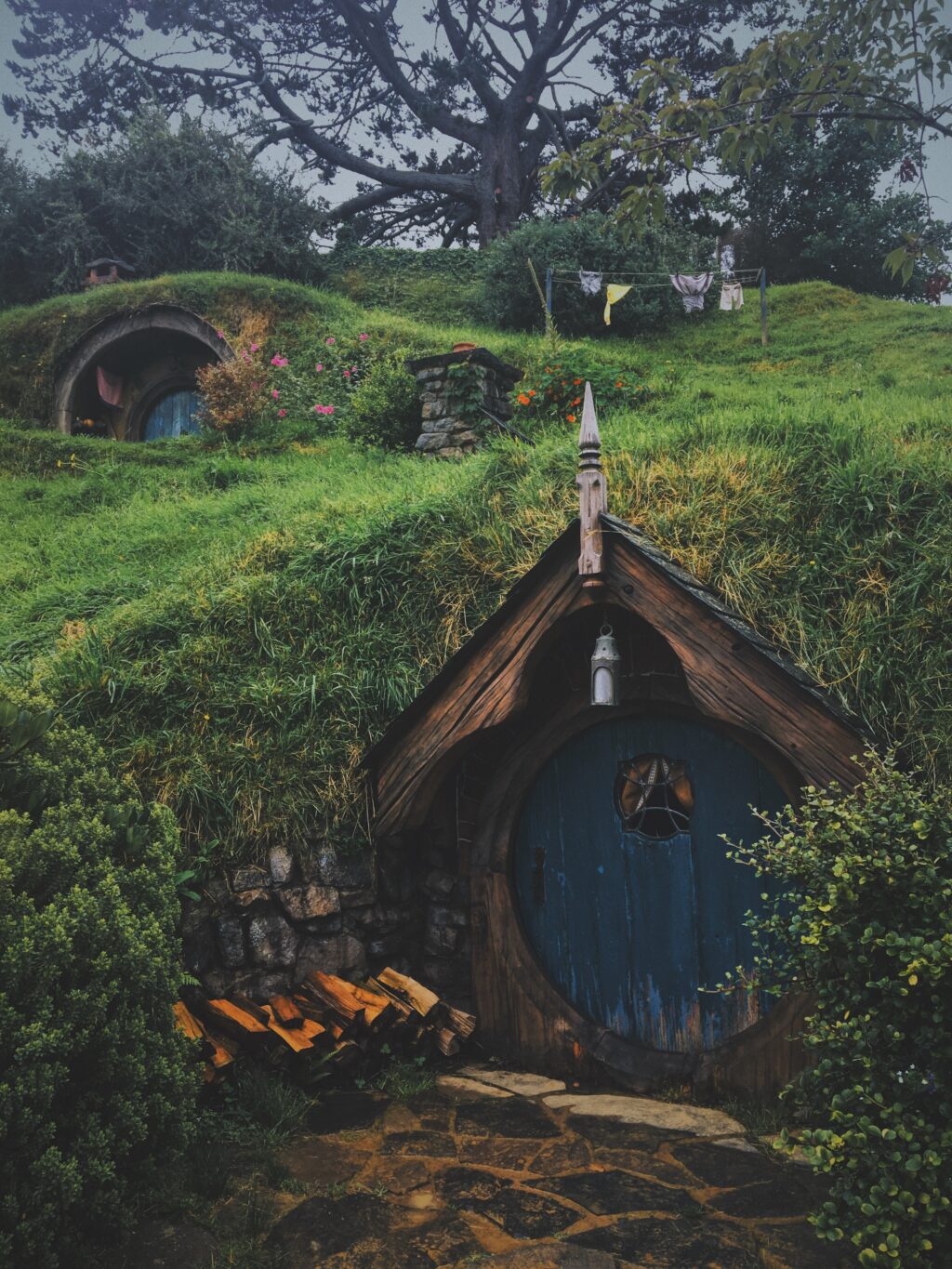Book review: Tolkien’s “The Hobbit” is a timeless adventure
3 min read
J.R.R. Tolkien's "The Hobbit" immerses its readers in the fantastical world of Middle Earth. | Jeff Finley, Unsplash
by DANIELLE ROSS
Staff Writer
Over the years, I have read hundreds of books. I have dabbled in science fiction and historical fiction, several memoirs, a few romance novels and one or two mysteries. I have even picked up the occasional poetry book, but regardless of how far I branch out, I always return to one book in particular: “The Hobbit.” This fantasy novel by J.R.R. Tolkien remains, without a doubt, my favorite work of literature.
“The Hobbit” ages like fine wine, with every read better than the last. It’s a story that feels familiar and comforting, as if you are reuniting with dear friends and not simply thumbing through the pages of an old book. It leaves you content and satisfied while simultaneously itching for more—more adventure, more fellowship and more wonder.
Set in Middle Earth, a fictional realm, the novel follows a small, humanlike creature called a hobbit by the name of Bilbo Baggins as he partakes in an adventure that leads him far from the peaceful, rolling hills of his home, the Shire, and into the thick of danger. Accompanying him on his journey is a company of 13 dwarves and one wizard. Their quest is to reclaim the dwarves’ kingdom from the last great dragon of Middle Earth, Smaug. They encounter many perils and surprises as they travel towards the lonely mountain.
“The Hobbit” is first and foremost a coming-of-age story. However, contrary to many novels encapsulated in this genre, what makes this novel unique to others is that Bilbo is already fully grown and completely satisfied with his life when the reader meets him at the beginning. The coming-of-age element comes into play at the idea of going on an adventure, which frightens him. At the last moment, however, he rushes to join the company of dwarves, foreshadowing that his character still has some development to undergo.
Along the way, Bilbo finds himself in countless situations where he must rely on his intuition and his newly discovered bravery. His experiences force him to become stronger and more independent. Still, he never forgets where he came from, and in the end, Bilbo is more than thrilled to return to his simple hobbit hole and comfortable life.
In addition to bravery and courage, another one of the defining themes in “The Hobbit” is greed. Throughout the book, almost every character is partially motivated by greed. The dwarves are eager to reclaim their homeland and treasure, the wood elves believe that part of that treasure is rightfully theirs, Gollum kills anyone who attempts to steal his precious ring and Smaug hoards wealth that does not belong to him. However, there remain clear distinctions between the characters who are entirely driven by their greed and the characters who eventually overcome it. For instance, Smaug and Gollum remain alone for the entire story, yet the 13 dwarves and Bilbo repeatedly renounce their selfish desires in favor of trust and cooperation.
Aside from the powerful messages “The Hobbit” conveys, the story itself is masterfully contrived. Written as a children’s book and narrated in a style akin to telling a bedtime story, this book is a straightforward read. Tolkien’s attention to detail and the unparalleled world he has created never fail to leave me feeling a sense of awe.
Tolkien excels in creating each character with some humanizing quality, making them relatable and unlike the usual, seemingly flawless fantasy heroes. It is easier to become completely captivated in a story that follows characters who are misled and make mistakes than a story with a protagonist who knows their purpose and identity from start to finish. It is also refreshing to have an antagonist, Smaug, who is scary because of his wit rather than his nature as a supposedly dangerous dragon.
These elements aren’t exclusive to “The Hobbit,” but they are some of its distinguishing features. Although it wasn’t the first in its genre, it undoubtedly set the standard for every fantasy novel since. Authors can only hope to create a work of literature that falls within the same excellence as this book.











